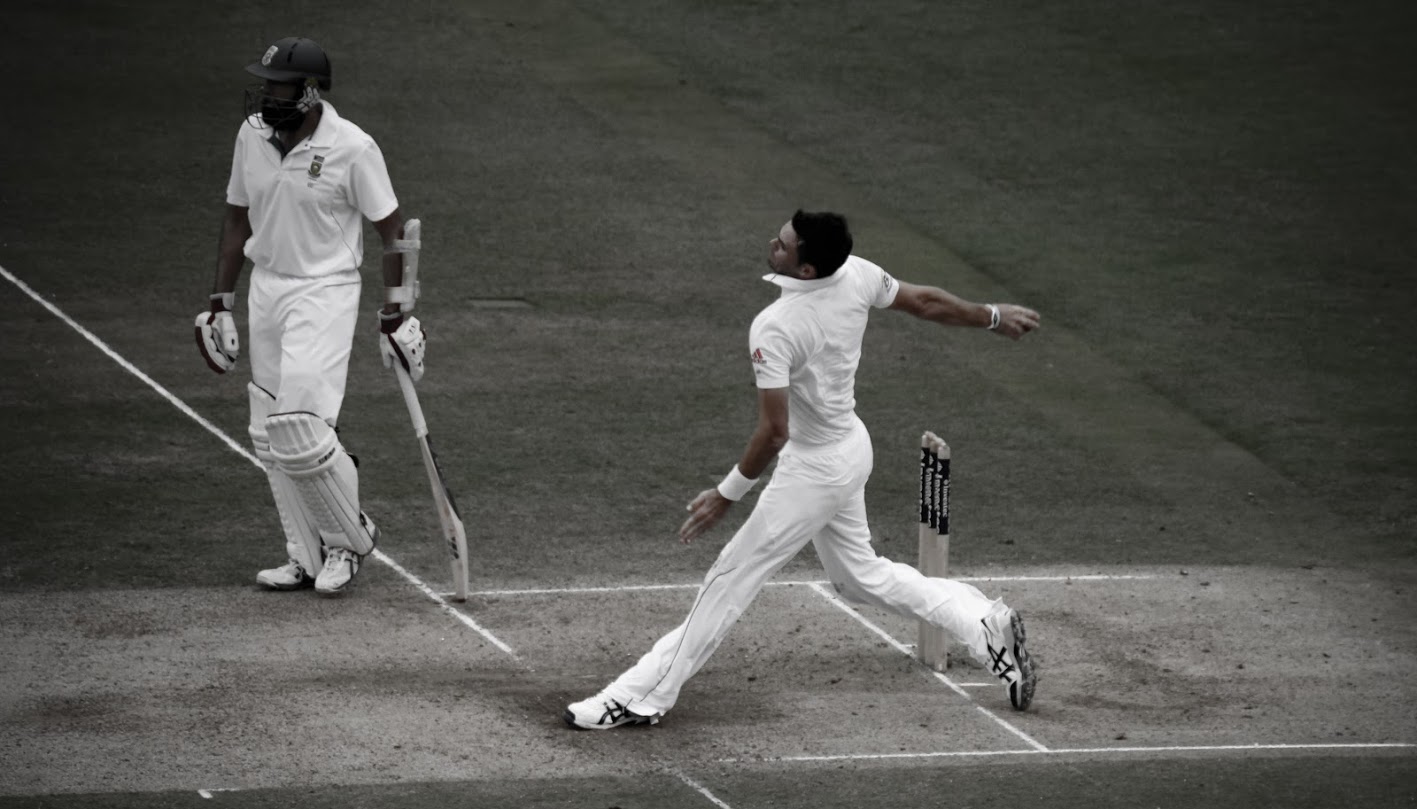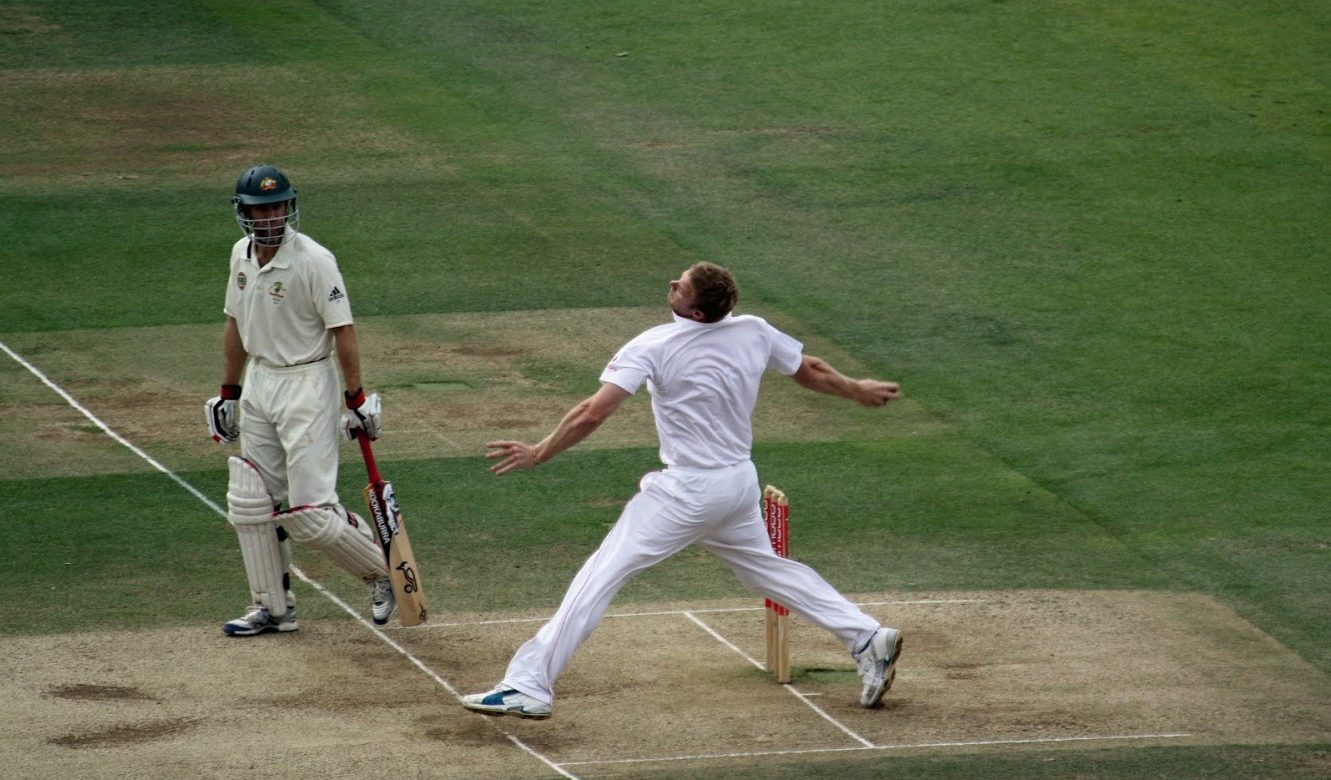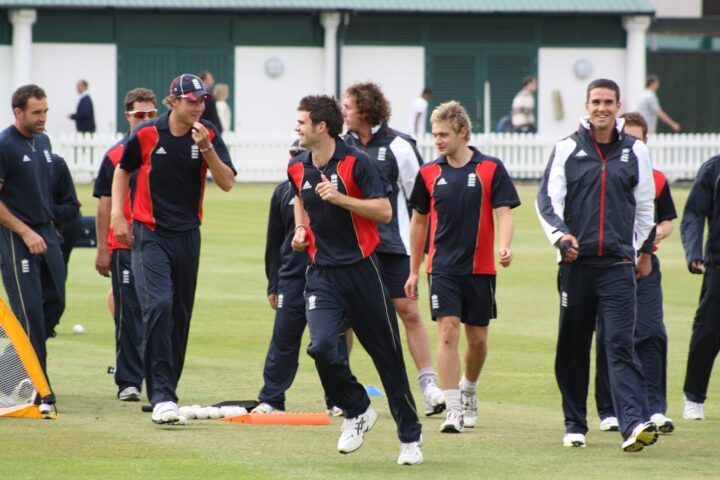When the good Lord invented cricket, he did me no favours whatsoever by making the ball red and grass green. It’s because I’m afflicted by a debilitating cricketing disability that makes it all but impossible to pick the ball up early. I’m talking, of course, about red-green colour-blindness.
Because my teammates haven’t always been convinced by the excuse “I couldn’t see the ball” after I’ve been bowled shouldering arms, I’ve always taken an interest in professional cricketers’ eyesight.
Did you know that Sir Ian Botham is red-green colour-blind too? Imagine how good he would’ve been had he been able to see properly. No wonder he used to go out for a slog and simply hope for the best.
Over the years I’ve grown fond of cricketers who are as blind as Bangladeshi bats(men). There’s Sir Clive Lloyd, who used to wear specs with lenses thicker than bulletproof glass, Anil Kumble, and more recently Daniel Vettori.
Despite being teased by the Australian media, who often refer to him as “Harry Potter” (imaginative, eh), Vettori is as attached to his glasses as David Warner is to punching blokes in bars. The reason? The Kiwi left-arm twirler simply doesn’t like contacts.
One wonders when he last tried a pair – and whether he might find cutting edge lenses like Acuvue more comfortable
A number of cricketers have improved their cricket after converting to contacts. Who can forget Devon Malcolm’s horrific bespectacled debut, when England failed to take a wicket for an entire day.
The sight of big Dev running into bowl in his national health specs, secured to his nut with a tennis headband, had Australia in hysterics.
Dev was a much better bowler – and he looked properly fearsome for the first time – when he ditched the glasses. I can’t imagine Nelson Mandela calling him “the destroyer” had he still looked like MC Hammer.
I’ve also taken an interest in the “light-enhancing” shades produced by Oakley. Critics suggest spinners wear them to gain an unfair advantage: by hiding their eyes, batsmen can’t tell where they’re aiming.
Personally, I’m not sure about this. In the age of T20 cricket, spinners are more likely to be watching the batsman (particularly his feet). I imagine spinners are just trying to look after their eyes …
Pro cricketers spend several days a month in the field, often at the height of summer. The shades worn by guys like Graeme Swann protect against hazardous UV rays that, amongst other things, cause cataracts and cancer.
Furthermore, in the case of wicketkeepers, shades help guard against impact injuries. Mark Boucher lost the iris, lens and pupil in his left eye last year when he was hit by a bail.
Of course, cricketers also wear shades for cosmetic reasons: they make Swann look cool and Virender Sehwag look less like a middle-aged fat bloke.
For some players, however, cosmetics never come into it. Back in the late 1980s Jack Russell became the first batsman to wear shades whilst batting. He claimed they helped him to see the ball more clearly.
Jack was right. Prescription sunglasses and lenses can reduce blur and enhance the visibility of red cricket balls against green backgrounds.
If only I had known this back in the 1990s. I would’ve scored more runs than Sachin Tendulkar. Not.
James Morgan









How come Chris Rogers wears glasses while fielding, but not batting?
It’s because he sweats more when batting. Doesn’t want sweat to drip onto the lenses of his glasses …. apparently. Odd that Jack Russell didn’t have the same problem ;-)
Cliff, from the Rainmen, had never done much with the bat until one day in middle-age when he played against us using the white ball at Barnes Common. He blazed 87. Only then did he reveal he was red/green blind and had always been able to bat if only he could see the bloody ball.
I don’t know if that link to Oakley was angling for a freebie but, if they come through, I wear Oakley’s with polarized lenses and they are brilliant. Well worth it.
I have found exactly the same thing. I always score a lot more runs when playing with a white ball. It makes a huge difference. I can usually see the red ball, but it takes me a long time to play myself in. I sometimes lose the ball when it’s halfway down, and very occasionally don’t pick it up until very late. It’s worse when it’s coming out of thick trees. There was one time at Barnes when we started the match with a white ball. I had made 30 odd off about 30 balls but then made the mistake of hitting a 6 and losing the ball. The reserve ball was red, not white. I was bowled next ball.
Red/green blindness is the most common. A lot of us have a bit of it. They managed to pick the worst colour possible for the cricket ball. Adds a certain challenge, I suppose.
Neale’s photos suggest you bat with your eyes closed anyway, Morgs.
Crucially, most of the team catches with their eyes closed, too.